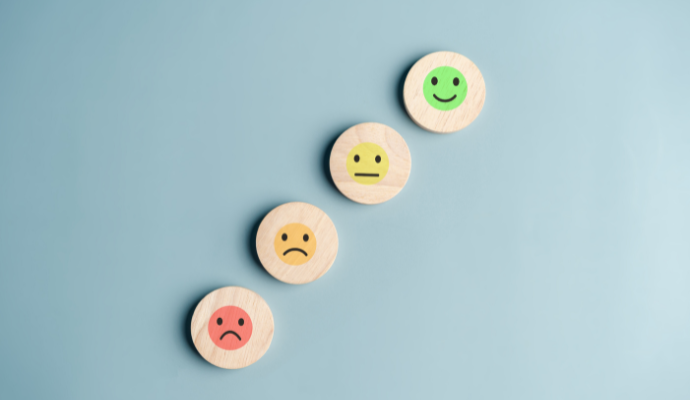Can Emojis Enhance Patient-Provider Communication?
Before clinicians can use emojis in patient-provider communication, more symbols representing human organs and medical equipment need to be developed.

Source: Getty Images
- Three researchers from UC Riverside think using emojis could enhance patient-provider communication, especially among underrepresented patient populations.
Writing in JAMA Network Open commentary, the group explained that the near-universality of emojis make them keyboard ripe for connecting patients and providers and helping with healthcare communication.
“By promoting more effective communication between patients and care providers, as well as between clinicians themselves, a universal emoji-based language system with a common agreement of meanings can be developed,” the researchers wrote in the commentary.
The invited commentary was in reference to a separate study that looked at emoji use in provider-to-provider communication. Those researchers found that emojis are often used to convey clinically relevant information, as well as to confirm receipt of a message (for example, using the “thumbs up” emoji). As such, the study concluded that emoji use in provider communication should not be critiqued as unprofessional.
The commentary from the University of California Riverside experts argued similar logic for patient-provider communication. There are some times during the clinical encounter when a patient cannot effectively communicate.
“Effective communication is essential for successful treatment and care, but certain health situations, such as stroke, brain injury, or vocal impairments, can create substantial barriers, including loss of voice or difficulty speaking while mechanically ventilated,” the researchers said in the commentary.
Emojis—being both pictorial and universal—could help fill in the blanks.
There are some steps that need to happen to actually use emojis for patient-provider communication, the researchers wrote. For one thing, there isn’t an emoji to represent every concept a clinician may need to reference when communicating with patients; there’s an emoji of the human heart, but not every organ, the team said.
“Two primary categories include anatomically accurate organ emoji, such as those for the stomach, intestine, liver, and kidneys, and visual medical equipment, such as IV bag and weight scale,” they explained.
Moreover, the medical community needs to decide what emojis actually mean in the context of a patient encounter. While it’s clear what the brain emoji might mean, it’s hard to interpret that in the context of a patient’s case.
The researchers said some supervised machine learning techniques could eventually help to decipher what emojis might indicate based on a patient’s medical record.
“⚡��, for example, provides critical information in the setting of a prior history of hypertension and new aphasia in the emergency department,” the researchers offered as an example. “This model can then generate personalized interpretations of new patient data, allowing health care clinicians to promptly identify and respond to critical information.”
One of the paper’s authors, Kendrick A. Davis, a health sciences associate clinical professor of psychiatry and neuroscience at the School of Medicine at UC Riverside, is currently working on using emojis for healthcare surveying. Davis’s research centers on mental health of college students.
“Emoji have universal appeal,” Davis said in a press release on the topic. “Their use can bypass levels of education, language, and age. They open a bridge for communication.”
For Davis, emojis have the benefit of overcoming language barriers (in a clinical setting, it may still be best to use authorized medical interpreters).
“Surveys are usually circulated to patients in a variety of different stages of their care. But many surveys are wrought with language that can introduce a barrier,” he said. “This is where emoji, which are friendly and universally utilized, come into play by replacing survey language that can be hard for some patients to understand.”
